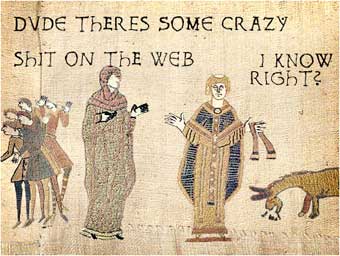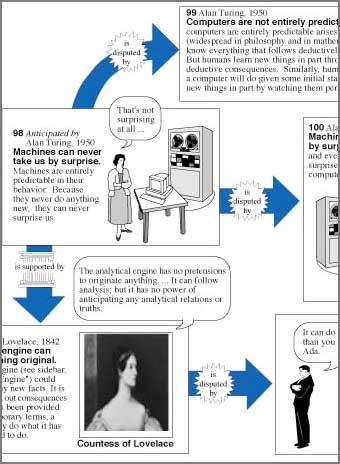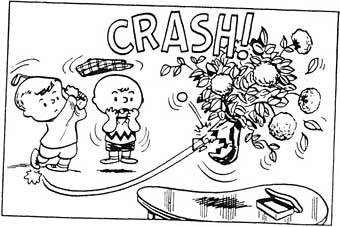Via Dan Wallace, news of this concept video by TAT Technology.
2014 may seem kind of soon for a lot of what they’re showing, but it’s encouraging to see how close our imaginations are drawing toward the kind of pie-in-the-sky displays I was filling peoples’ heads with during Q & As in the late ’90s.
(Also, yeah, there’s a bit of gratis “product placement” in the first scene, though I swear that’s not why I’m linking to it!)
A lot of the progress we’re seeing in multi-touch display technology (the real thing, not just smoke-and-mirrors promo videos) falls into the broad category of introducing physics into visual iconography; something I’ve wanted to see comics embrace for over a decade.
If we treat comics as a still life of multiple static (or looping) images, then the way we navigate through that landscape matters. Hunting for tiny scrollbar arrows or next page links to click was always a temporary waystation.
When navigating through information is a process of grabbing, flinging, flipping, or stopping continuous images, we can finally delegate the common sense parts of our brain that’ve always known how to navigate the physical world to getting from panel to panel, and devote our attention to the world inside the panels and inside the stories we care about.
And that can’t happen soon enough.


















